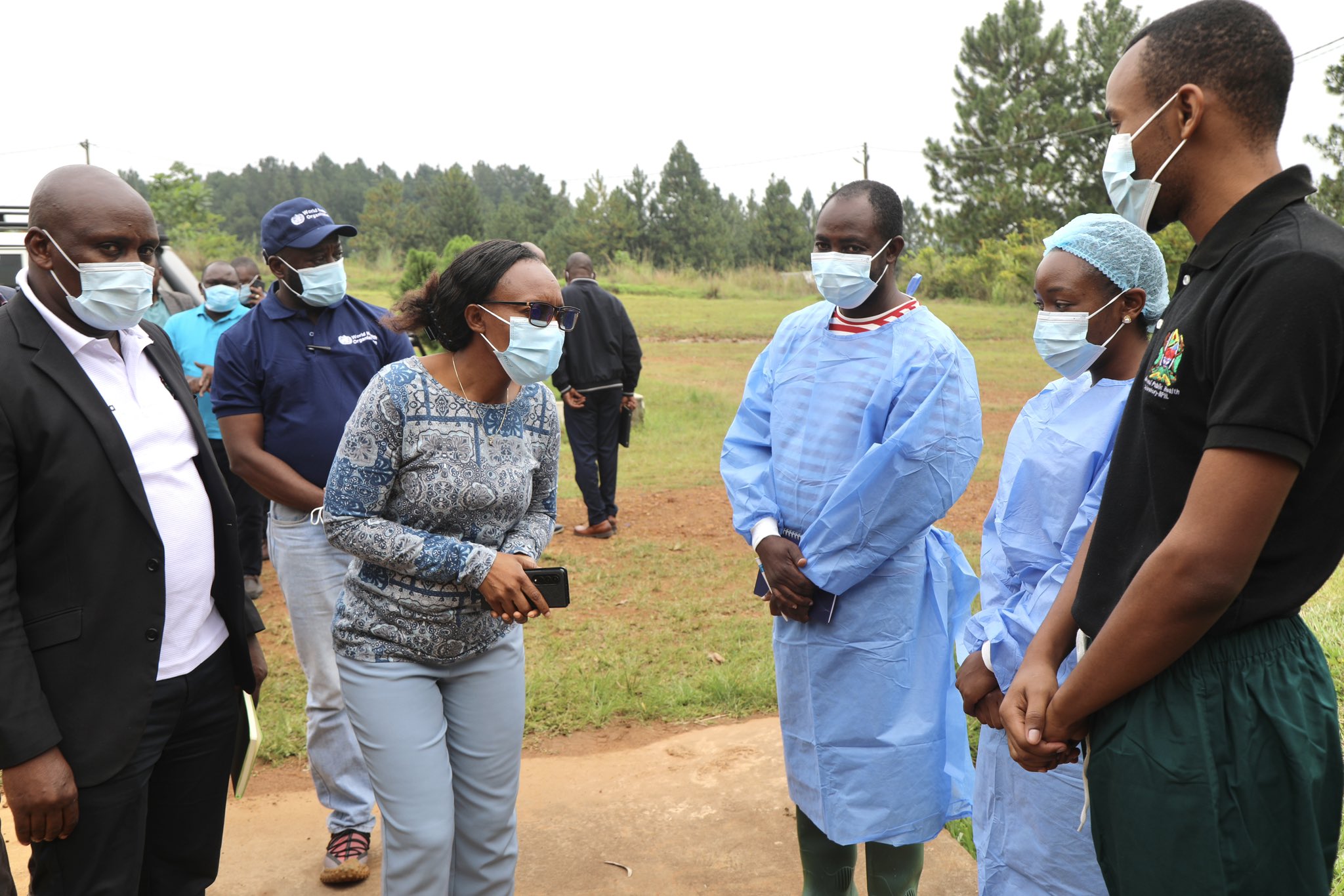Uganda’s Ministry of Health has confirmed an outbreak of Sudan Ebola Virus Disease (SVD) in Kampala following laboratory confirmation from three National Reference Laboratories. The index case, a 32-year-old male nurse from Mulago National Referral Hospital, succumbed to the disease after presenting severe symptoms.
Details of the index case
The deceased, who worked at Mulago National Referral Hospital, initially exhibited fever-like symptoms and sought treatment at multiple health facilities, including Mulago, Saidina Abubakar Islamic Hospital in Matugga, and Mbale Regional Referral Hospital in Mbale City. His condition deteriorated, leading to unexplained bleeding from multiple body sites, multi-organ failure, and ultimately death on January 29, 2025. Post-mortem tests confirmed the presence of Sudan Ebola Virus Disease.
Government response and preventive measures
The Ugandan Ministry of Health has taken swift action to contain the outbreak:
Incident management team activated: Rapid Response Teams have been dispatched to Mbale City and Saidina Abubakar Islamic Hospital in Matugga to monitor and control the situation.
Contact tracing underway: A total of 44 contacts have been identified, including 30 health workers and patients from Mulago, 11 family members of the deceased, and four health workers from Saidina Abubakar Islamic Hospital.
Safe burial practices: The deceased will be accorded a safe and dignified burial to prevent further transmission.
Vaccination rollout: Immediate vaccination of all identified contacts is set to commence to curb the spread of the disease.
Background on Ebola in East Africa
Ebola Virus Disease (EVD) has been a recurring threat in East Africa, with Uganda experiencing multiple outbreaks over the years. The Sudan Ebola Virus strain, which differs from the more common Zaire strain, has a high fatality rate but currently lacks an approved vaccine. The most recent outbreak in Uganda occurred in 2022, leading to significant public health interventions.
Understanding Ebola Virus Disease
Ebola Virus Disease is a severe and often fatal illness caused by viruses in the Filoviridae family. It spreads through direct contact with the bodily fluids of an infected person, contaminated surfaces, or infected animals.
Symptoms of Ebola
High fever
Severe headache
Muscle pain and weakness
Sore throat
Vomiting and diarrhea
Unexplained bleeding or bruising
Multi-organ failure in severe cases
Vaccination and treatment
While there is no approved vaccine for the Sudan strain, vaccines such as Ervebo (rVSV-ZEBOV) have proven effective against the Zaire strain. Treatment primarily focuses on supportive care, including:
Hydration and electrolyte balance
Oxygen therapy
Blood pressure stabilization
Experimental monoclonal antibody therapies
Prevention Measures
Avoid direct contact with infected individuals
Proper hand hygiene and use of personal protective equipment (PPE)
Safe burial practices for deceased individuals
Public health awareness campaigns to control outbreaks
Conclusion
The Ministry of Health continues to monitor the situation and will provide regular updates as new developments emerge.
Also read: https://x.com/MinofHealthUG/status/1884929483209068650


